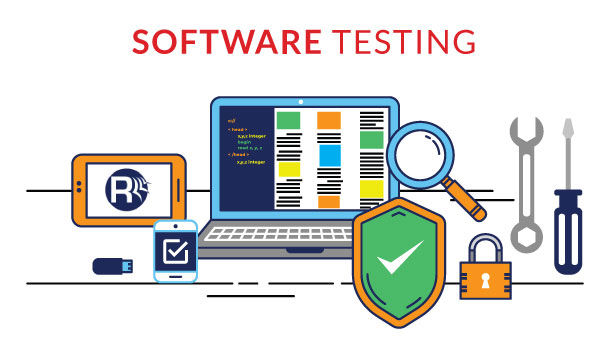
A Checklist of 5 Key Steps to Successful Software Testing for Every Engineer

In It has become commonplace in software engineering to refer to testing in a shift-left fashion in recent years. How does that work? This refers to conducting more software testing during the software development phase to reduce defects and save the business money.
The term shift-left testing refers to increased involvement by quality assurance (QA) engineers during the development phase to detect bugs as early as possible, before software engineers have handed the code over to QA for further testing. The most common method is to develop and execute more automated testing of the UIs and APIs.
A software developer should, however, perform a few basic and essential software testing steps before showing someone else their work, whether it is for shift-left testing, formal testing, ad hoc testing, code merging and integration, or just calling a colleague over for a quick look. Its goal is to detect obvious errors that jump out immediately during this basic testing. You would otherwise have to describe the problem to the developer, who would then have to reproduce, debug, and solve it before trying again.
Each software engineer should perform these essential software testing steps before showing their work to others.
1. Basic functionality testing
Begin by making sure that every button on every screen works. You also need to ensure that you can enter simple text into each field without crashing the software. You don't have to try out all the different combinations of clicks and characters, or edge conditions, because that's what your testers do—and they're really good at that. The goal here is this: don't let other people touch your work if it's going to crash as soon as they enter their own name into the username field. If the feature is designed to be accessed by way of an API, you need to run tests to make sure that the basic API functionality works before submitting it for more intensive testing. If your basic functionality testing detects something that doesn't work, that's fine. Just tell them that it doesn't work, that you're aware of it, and that they shouldn't bother trying it. You can fix it later, just don't leave any surprises in there.
2. Code review
One more sets of eyes taking a gander at the source code can reveal a great deal of issues. Assuming that your coding system requires peer audit, play out this step before you hand the code over for testing. However, make sure to do your essential usefulness testing before the code survey.
3. Static code analysis
There are devices that can perform investigation on source code or bytecode without executing it. These static code examination apparatuses can search for some shortcomings in the source code, for example, security weaknesses and potential simultaneousness issues. Utilize static code examination apparatuses to implement coding guidelines, and arrange those devices to run naturally as a feature of the form.
4. Unit testing
Engineers will compose unit tests to ensure that the unit (be it a technique, class, or part) is filling in true to form and test across a scope of substantial and invalid data sources. In a consistent reconciliation climate, unit tests ought to run each time you commit a change to the source code store, and you ought to run them on your improvement machine too. A few groups have inclusion objectives for their unit tests and will bomb a form on the off chance that the unit tests aren't sufficiently broad.
Engineers likewise work with mock articles and virtualized administrations to ensure their units can be tried freely. Assuming your unit tests fall flat, fix them prior to letting another person utilize your code. If under any circumstance you can't fix them at this moment, let the other individual in on what has fizzled, so it won't come as a shock when they run over the issue.
5. Single-client execution testing
A few groups have burden and execution testing heated into their ceaseless mix cycle and run load tests when code is checked in. This is especially valid for back-end code. In any case, designers ought to likewise be taking a gander at single-client execution toward the front and ensuring the product is responsive when just they are utilizing the framework. On the off chance that it's requiring in excess of a couple of moments to show a site page taken from a neighborhood or copied (and in this manner responsive) web server, figure out what client-side code is pumping the brakes and fix it before you let another person see it.